Simplifying Complex Fabrics with Open Source Based Solutions
SONiC helps bring ease of application workload management and data traffic across core to cloud to edgeHeavy Networking 680: Speed Up Mean Time To WAN Innocence With Broadcom NetOps (Sponsored)
It's common for SD-WAN vendors to offer monitoring as part of the solution, but leaves the question … how do I monitor the rest of the network? Today’s sponsor Broadcom offers digital experience monitoring that is independent of the underlying WAN infrastructure. We explore how it works with guest is Jeremy Rossbach, Chief Technical Evangelist, NetOps by Broadcom.
The post Heavy Networking 680: Speed Up Mean Time To WAN Innocence With Broadcom NetOps (Sponsored) appeared first on Packet Pushers.
Heavy Networking 680: Speed Up Mean Time To WAN Innocence With Broadcom NetOps (Sponsored)
It's common for SD-WAN vendors to offer monitoring as part of the solution, but leaves the question … how do I monitor the rest of the network? Today’s sponsor Broadcom offers digital experience monitoring that is independent of the underlying WAN infrastructure. We explore how it works with guest is Jeremy Rossbach, Chief Technical Evangelist, NetOps by Broadcom.More Node.js APIs in Cloudflare Workers — Streams, Path, StringDecoder
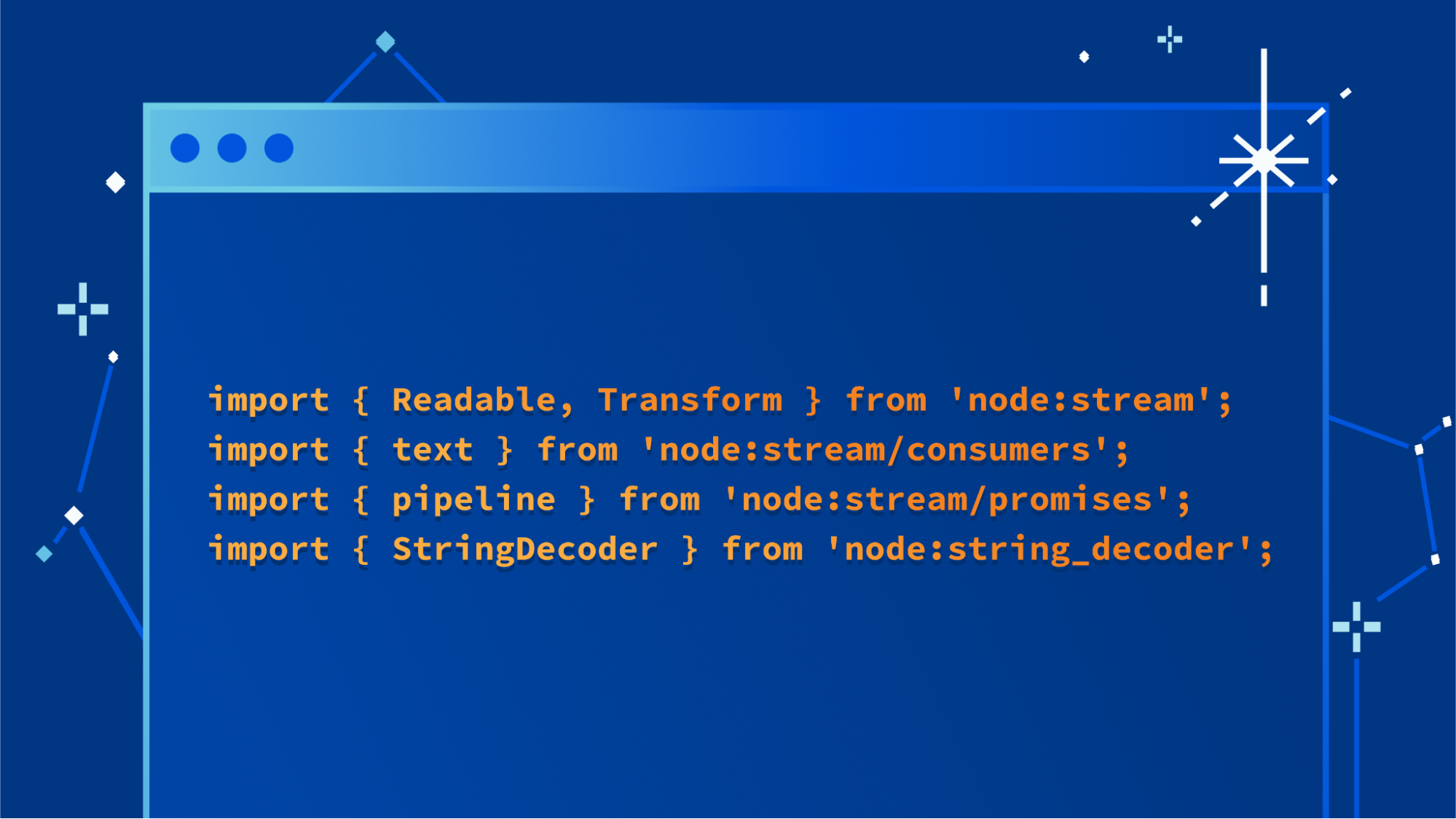
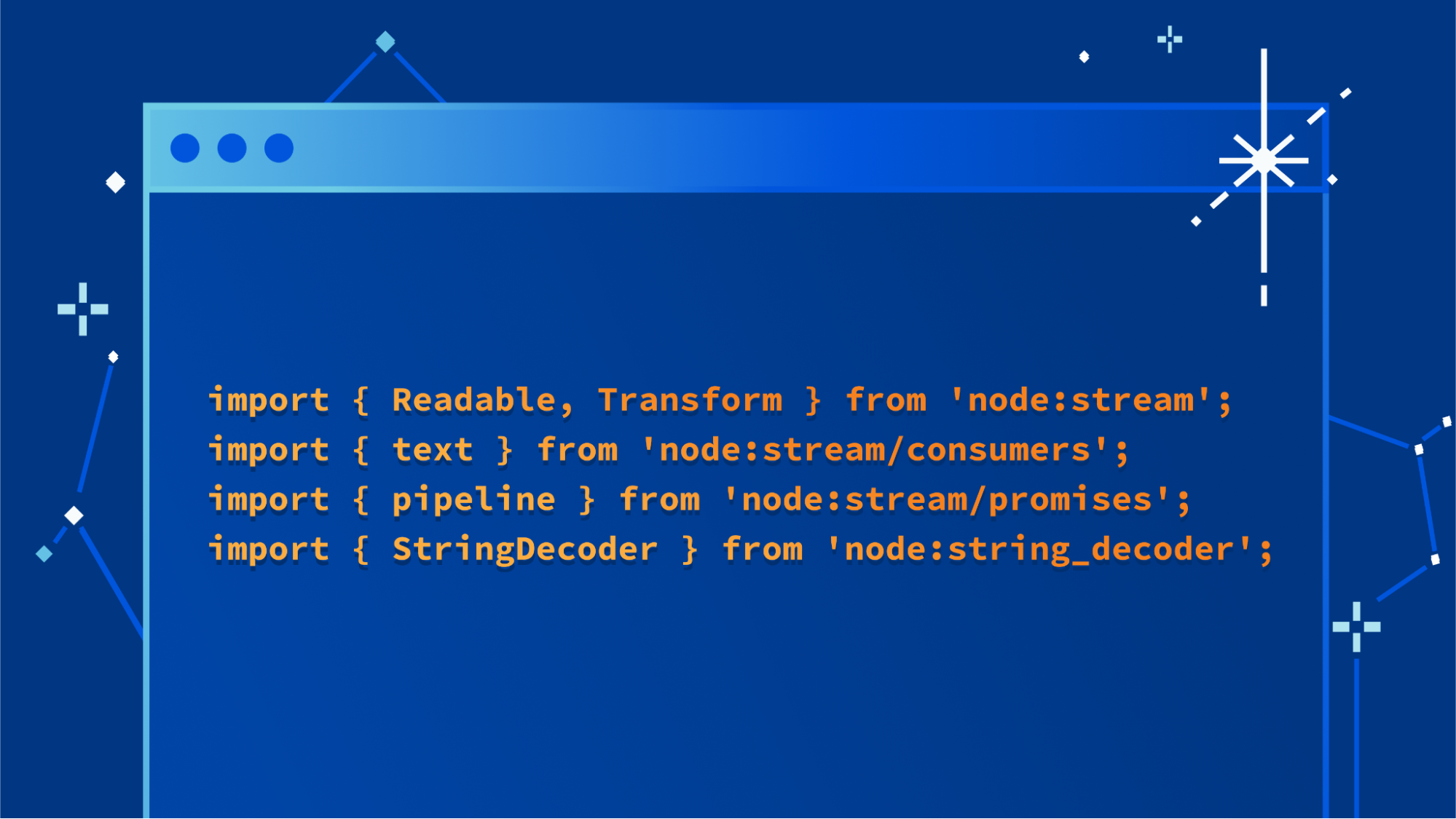
Today we are announcing support for three additional APIs from Node.js in Cloudflare Workers. This increases compatibility with the existing ecosystem of open source npm packages, allowing you to use your preferred libraries in Workers, even if they depend on APIs from Node.js.
We recently added support for AsyncLocalStorage, EventEmitter, Buffer, assert and parts of util. Today, we are adding support for:
- Node.js Streams
- Path
- StringDecoder
We are also sharing a preview of a new module type, available in the open-source Workers runtime, that mirrors a Node.js environment more closely by making some APIs available as globals, and allowing imports without the node: specifier prefix.
You can start using these APIs today, in the open-source runtime that powers Cloudflare Workers, in local development, and when you deploy your Worker. Get started by enabling the nodejs_compat compatibility flag for your Worker.
Stream
The Node.js streams API is the original API for working with streaming data in JavaScript that predates the WHATWG ReadableStream standard. Now, a full implementation of Node.js streams (based directly on the official implementation provided by the Node.js project) is available within the Workers runtime.
Let's start with a quick example:
Continue readingCloudflare Queues: messages at your speed with consumer concurrency and explicit acknowledgement


Communicating between systems can be a balancing act that has a major impact on your business. APIs have limits, billing frequently depends on usage, and end-users are always looking for more speed in the services they use. With so many conflicting considerations, it can feel like a challenge to get it just right. Cloudflare Queues is a tool to make this balancing act simple. With our latest features like consumer concurrency and explicit acknowledgment, it’s easier than ever for developers to focus on writing great code, rather than worrying about the fees and rate limits of the systems they work with.
Queues is a messaging service, enabling developers to send and receive messages across systems asynchronously with guaranteed delivery. It integrates directly with Cloudflare Workers, making for easy message production and consumption working with the many products and services we offer.
What’s new in Queues?
Consumer concurrency
Oftentimes, the systems we pull data from can produce information faster than other systems can consume them. This can occur when consumption involves processing information, storing it, or sending and receiving information to a third party system. The result of which is that sometimes, a queue can fall behind where it should be. Continue reading
Workers Browser Rendering API enters open beta

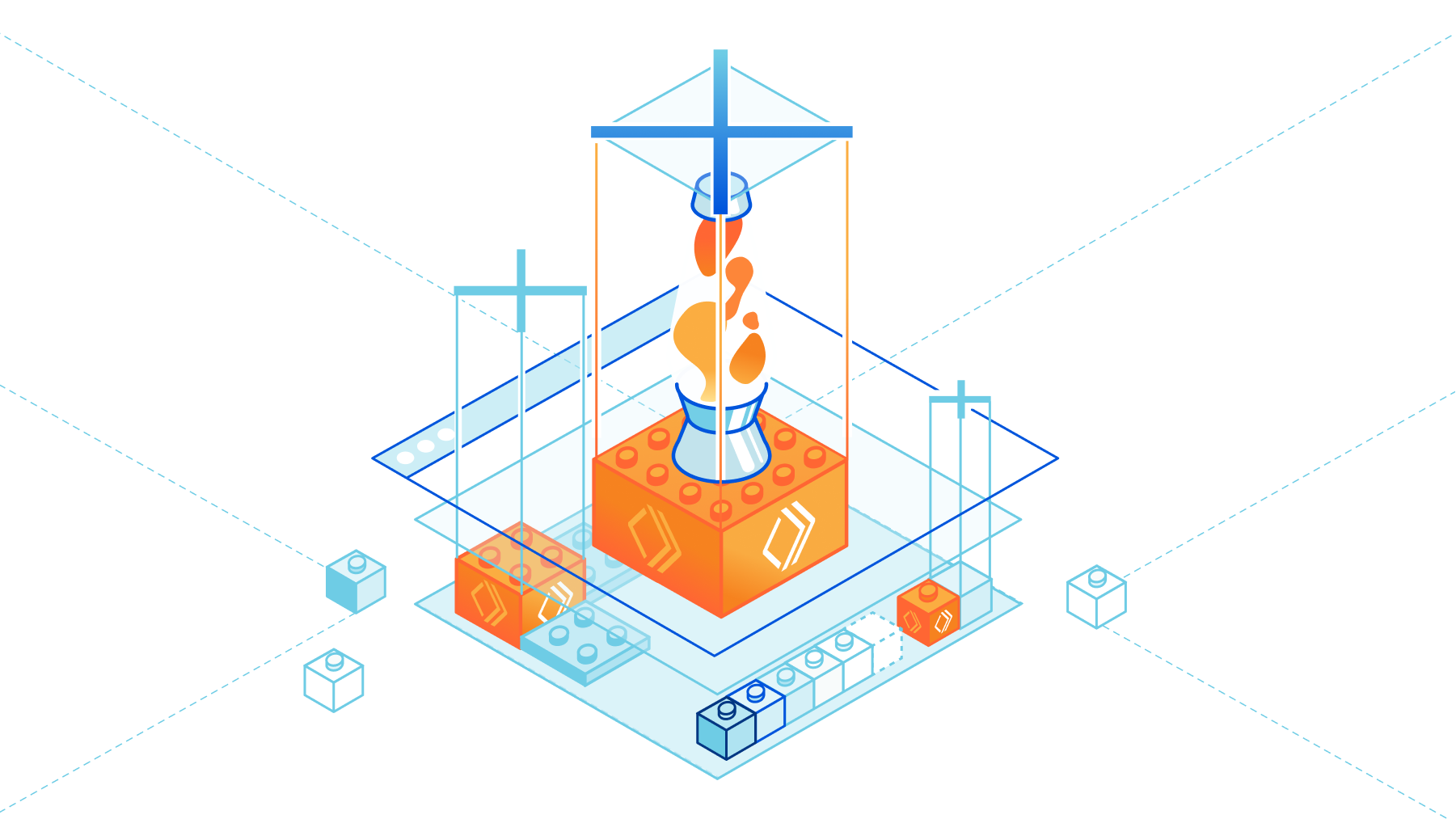
The Workers Browser Rendering API allows developers to programmatically control and interact with a headless browser instance and create automation flows for their applications and products.
Since the private beta announcement, based on the feedback we've been receiving and our own roadmap, the team has been working on the developer experience and improving the platform architecture for the best possible performance and reliability. Today we enter the open beta and will start onboarding the customers on the wait list.
Developer experience
Starting today, Wrangler, our command-line tool for configuring, building, and deploying applications with Cloudflare developer products, has support for the Browser Rendering API bindings.
You can install Wrangler Beta using npm:
npm install wrangler --save-dev
Bindings allow your Workers to interact with resources on the Cloudflare developer platform. In this case, they will provide your Worker script with an authenticated endpoint to interact with a dedicated Chromium browser instance.
This is all you need in your wrangler.toml once this service is enabled for your account:
browser = { binding = "MYBROWSER", type = "browser" }
Now you can deploy any Worker script that requires Browser Rendering capabilities. You can spawn Chromium instances and interact with Continue reading
Developer Week Performance Update: Spotlight on R2


For developers, performance is everything. If your app is slow, it will get outclassed and no one will use it. In order for your application to be fast, every underlying component and system needs to be as performant as possible. In the past, we’ve shown how our network helps make your apps faster, even in remote places. We’ve focused on how Workers provides the fastest compute, even in regions that are really far away from traditional cloud datacenters.
For Developer Week 2023, we’re going to be looking at one of the newest Cloudflare developer offerings and how it compares to an alternative when retrieving assets from buckets: R2 versus Amazon Simple Storage Service (S3). Spoiler alert: we’re faster than S3 when serving media content via public access. Our test showed that on average, Cloudflare R2 was 20-40% faster than Amazon S3. For this test, we used 95th percentile Response tests, which measures the time it takes for a user to make a request to the bucket, and get the entirety of the response. This test was designed with the goal of measuring end-user performance when accessing content in public buckets.
In this blog we’re going to talk about why your Continue reading
D1: We turned it up to 11
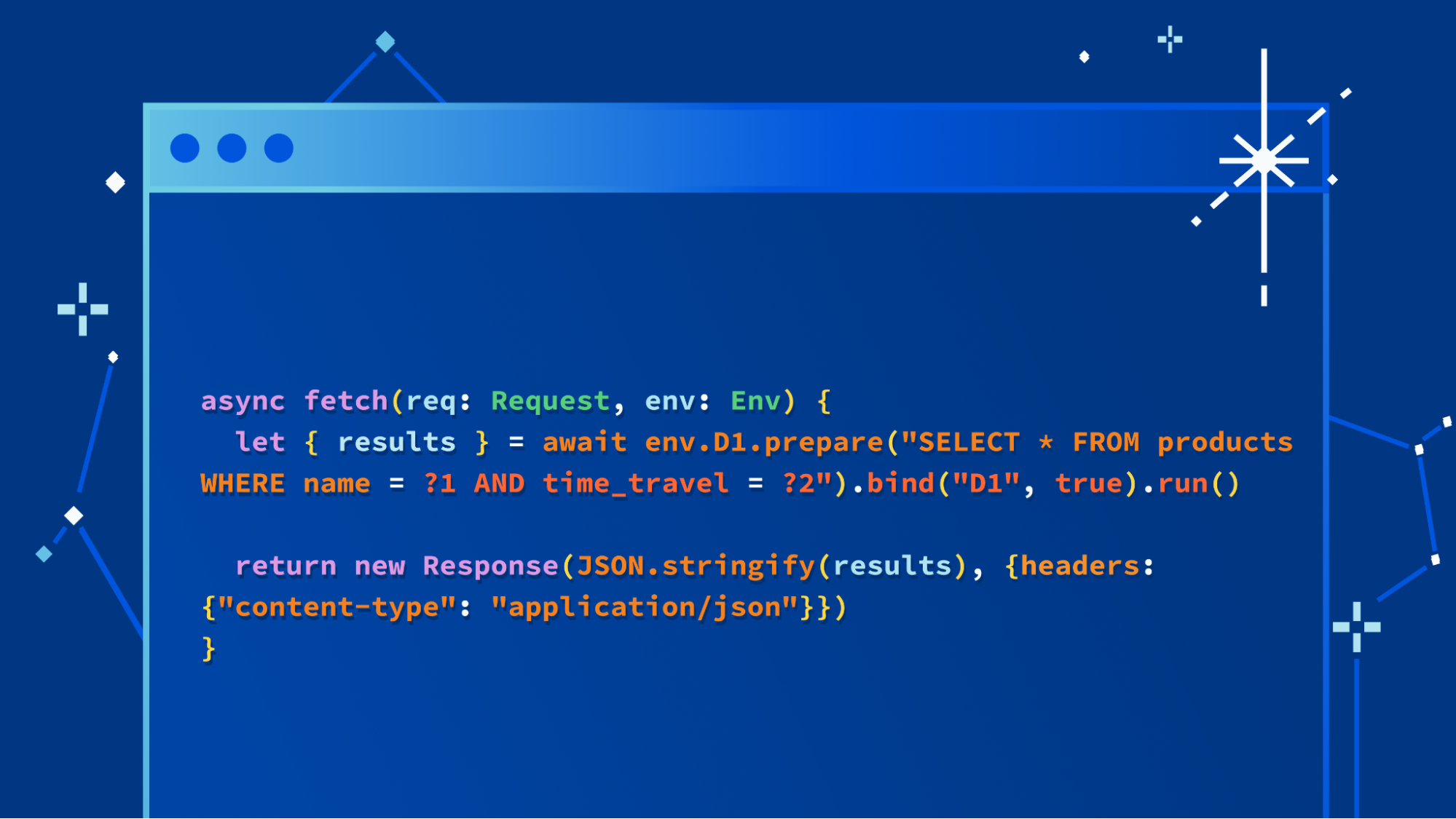
This post is also available in Deutsch, 简体中文, 日本語, Español, Français.
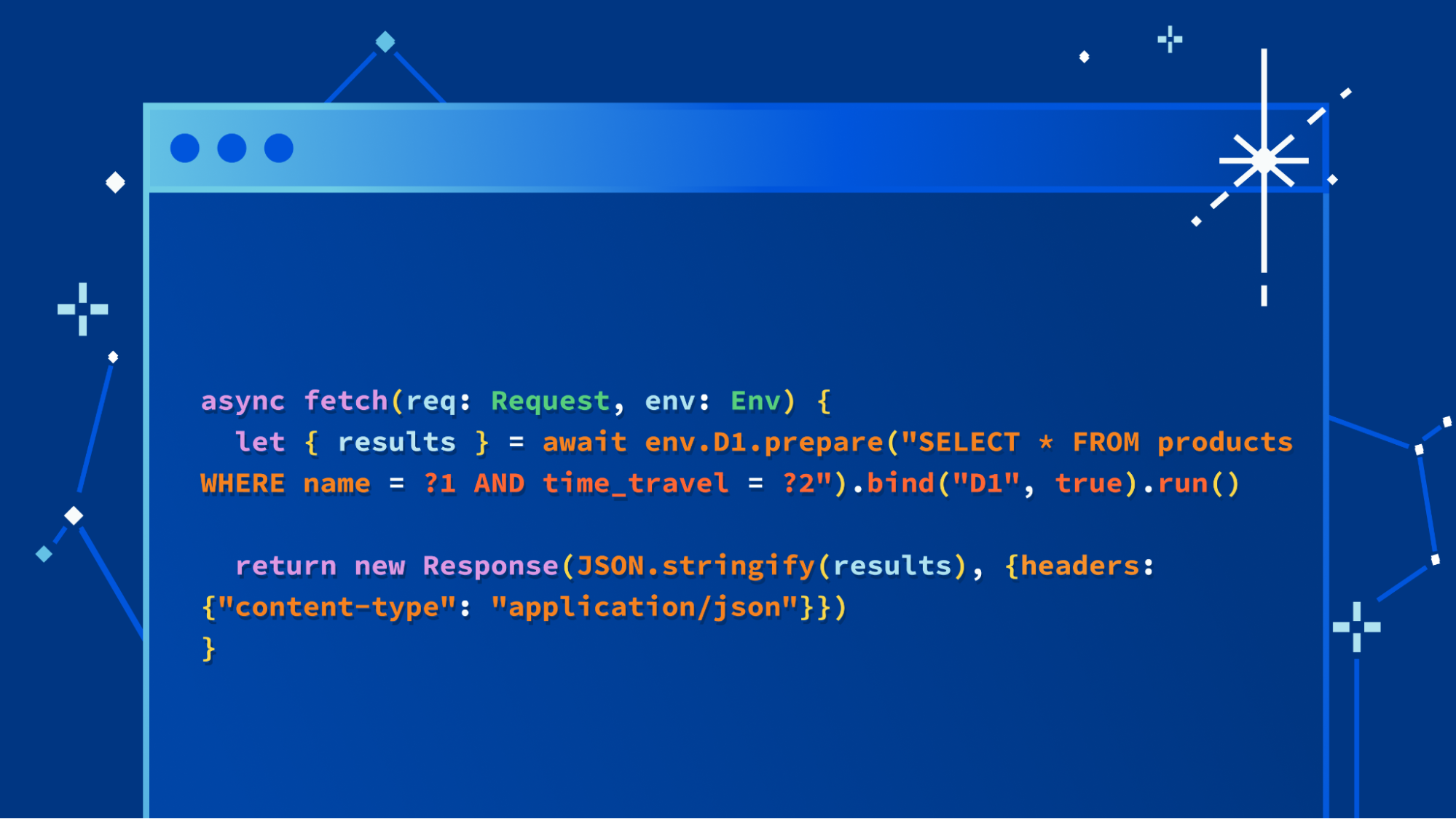
We’re not going to bury the lede: we’re excited to launch a major update to our D1 database, with dramatic improvements to performance and scalability. Alpha users (which includes any Workers user) can create new databases using the new storage backend right now with the following command:
$ wrangler d1 create your-database --experimental-backend
In the coming weeks, it’ll be the default experience for everyone, but we want to invite developers to start experimenting with the new version of D1 immediately. We’ll also be sharing more about how we built D1’s new storage subsystem, and how it benefits from Cloudflare’s distributed network, very soon.
Remind me: What’s D1?
D1 is Cloudflare’s native serverless database, which we launched into alpha in November last year. Developers have been building complex applications with Workers, KV, Durable Objects, and more recently, Queues & R2, but they’ve also been consistently asking us for one thing: a database they can query.
We also heard consistent feedback that it should be SQL-based, scale-to-zero, and (just like Workers itself), take a Region: Earth approach to replication. And so we took that feedback and set Continue reading
Video: Chassis Switch Architectures
Pete Lumbis concluded his ASICs for Networking Engineers presentation with a brief overview of types of switching ASICs and a wrap-up.
You can watch his entire 90-minute presentation (sliced into shorter videos) with Free ipSpace.net Subscription.
Video: Types of Switching ASICs
Pete Lumbis concluded his ASICs for Networking Engineers presentation with a brief overview of types of switching ASICs and a wrap-up.
You can watch his entire 90-minute presentation (sliced into shorter videos) with Free ipSpace.net Subscription.
Improving customer experience in China using China Express


Global organizations have always strived to provide a consistent app experience for their Internet users all over the world. Cloudflare has helped in this endeavor with our mission to help build a better Internet. In 2021, we announced an upgraded Cloudflare China Network, in partnership with JD Cloud to help improve performance for users in China. With this option, Cloudflare customers can serve cached content locally within China without all requests having to go to a data center outside of China. This results in significant performance benefits for end users, but requests to the origin still need to travel overseas.
We wanted to go a step further to solve this problem. In early 2023, we launched China Express, a suite of connectivity and performance offerings in partnership with China Mobile International (CMI), CBC Tech and Niaoyun. One of the services available through China Express is Private Link, which is an optimized, high-quality circuit for overseas connectivity. Offered by our local partners, a more reliable and high performance connection from China to the global internet.
A real world example
“Acme Corp” is a global Online Shopping Platform business that serves lots of direct to consumer brands, transacting primarily over Continue reading